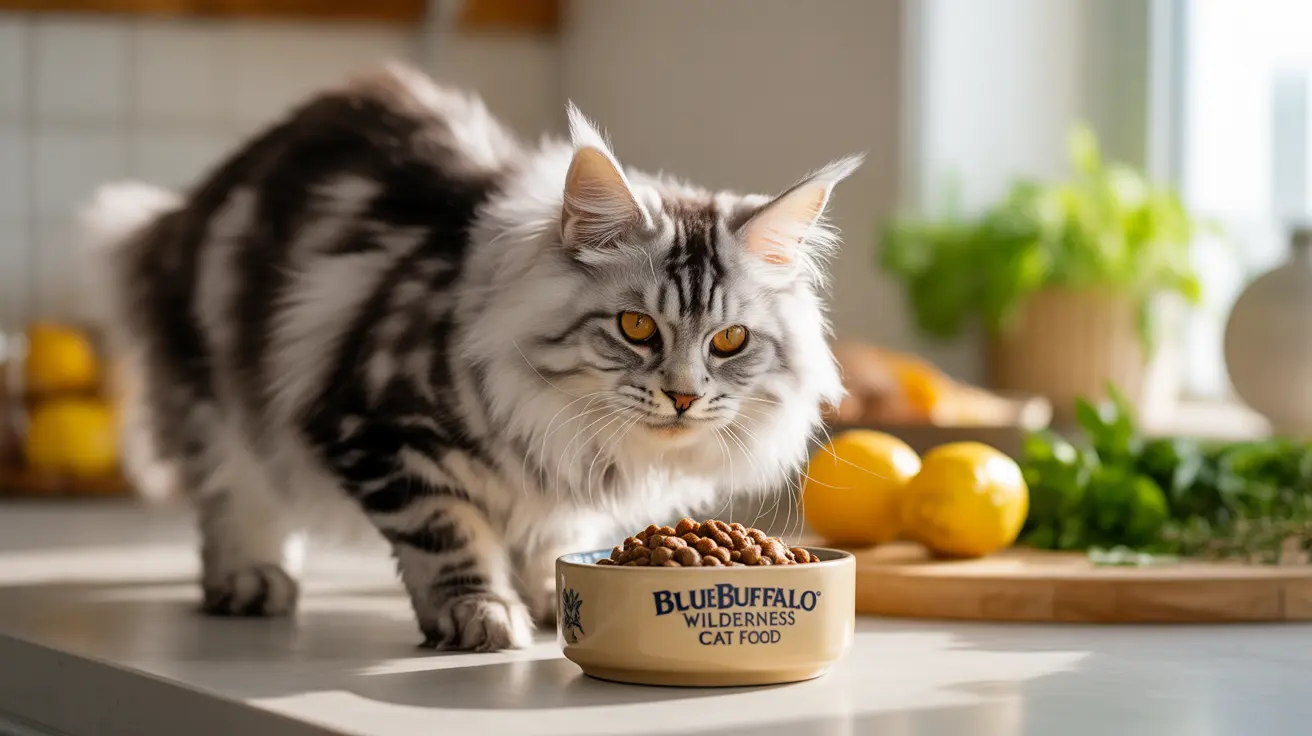Introduction
As pet parents become increasingly concerned about their cats' nutrition and safety, questions have arisen about Blue Buffalo cat food and its impact on feline health. While Blue Buffalo positions itself as a premium pet food brand featuring high-quality proteins and natural ingredients, the company has faced scrutiny over recalls, ingredient transparency, and reported health incidents. This comprehensive review examines the safety concerns, ingredient quality, and potential risks associated with Blue Buffalo cat food products.
Understanding these issues is crucial for making informed decisions about your cat's nutrition. Let's explore the facts, controversies, and expert recommendations surrounding this popular pet food brand.
Blue Buffalo's History of Safety Concerns
The brand's safety record includes several notable incidents that have raised concerns among pet owners. Most significantly, Blue Buffalo was among the companies affected by the 2007 melamine contamination crisis, which led to a massive industry-wide recall. While the company responded by moving production to the United States, subsequent recalls and safety issues have continued to emerge.
In 2015, Blue Buffalo issued a voluntary recall of Kitty Yums Chicken Recipe Cat Treats due to propylene glycol contamination, an ingredient not approved for use in cat food. This incident highlighted ongoing challenges with ingredient control and safety monitoring.
Controversial Ingredients and Health Risks
Several ingredients in Blue Buffalo cat food formulations have drawn criticism from veterinary experts. Some recipes contain garlic, which is generally considered harmful to cats, though the company maintains the amounts used are below toxic thresholds. Additionally, certain formulations include ingredients like tomato pomace and caramel, whose nutritional value for cats has been questioned.
The brand's grain-free formulas have also come under scrutiny, as the FDA included Blue Buffalo among 16 brands potentially linked to heart disease in pets, though this connection remains under investigation.
Quality Control and Manufacturing Standards
Following the 2007 recall, Blue Buffalo implemented stricter quality control measures and moved production to U.S. facilities. However, ongoing concerns about ingredient sourcing and manufacturing consistency have persisted, particularly after the 2014 Purina lawsuit regarding the presence of poultry by-products in certain formulations.
The company now emphasizes transparency in its manufacturing processes and maintains detailed recall information on its website, though some critics argue more oversight is needed.
Safe Feeding Guidelines and Alternatives
For pet owners who choose to feed Blue Buffalo, several safety precautions are recommended:
- Regularly check batch numbers against recall lists
- Monitor cats for signs of food sensitivity or allergic reactions
- Consider rotating between protein sources
- Start with small amounts when introducing new formulas
- Keep detailed records of any adverse reactions
For cats with known sensitivities, Blue Buffalo's specialized lines like Blue Basics and Blue Natural Veterinary Diets offer alternative options formulated for specific health concerns.
Frequently Asked Questions
Has Blue Buffalo cat food been linked to cat deaths or illnesses due to recalls or ingredient issues?
Yes, Blue Buffalo has been involved in several recalls, including the 2007 melamine contamination crisis that affected multiple pet food brands. While there have been reports of illness and deaths, direct causation hasn't been definitively established in most cases. The company has faced various safety concerns and lawsuits regarding ingredient quality and transparency.
What ingredients in Blue Buffalo cat food could cause allergies or health problems for cats?
Some potentially problematic ingredients include garlic, certain grain alternatives in grain-free formulas, and various protein sources that might trigger allergies in sensitive cats. Some formulations also contain ingredients like tomato pomace and caramel, whose nutritional value is debated.
How can I check if my Blue Buffalo cat food is affected by a recall?
Check the batch number and production date on your cat food package against the FDA's pet food recall database or Blue Buffalo's website. You can also sign up for FDA pet food recall alerts to stay informed about new safety notices.
Does Blue Buffalo include any harmful ingredients like garlic in its cat food recipes?
Yes, some Blue Buffalo formulas do contain garlic. While the company maintains the amounts are below toxic levels, many veterinarians recommend avoiding garlic in cat food entirely due to its potential harmful effects.
Are there safer Blue Buffalo product lines for cats with food sensitivities or allergies?
Yes, Blue Buffalo offers specialized lines including Blue Basics (limited ingredient diets) and Blue Natural Veterinary Diets, specifically formulated for cats with food sensitivities, allergies, or specific health conditions.
Conclusion
While Blue Buffalo offers premium ingredients and specialized formulations, pet owners should remain vigilant about product safety and their cats' individual responses to the food. Regular monitoring of recall notices, careful observation of your cat's health, and consultation with veterinary professionals can help ensure safe feeding practices. For cats with specific health concerns or sensitivities, consider exploring Blue Buffalo's specialized lines or discussing alternative options with your veterinarian.






